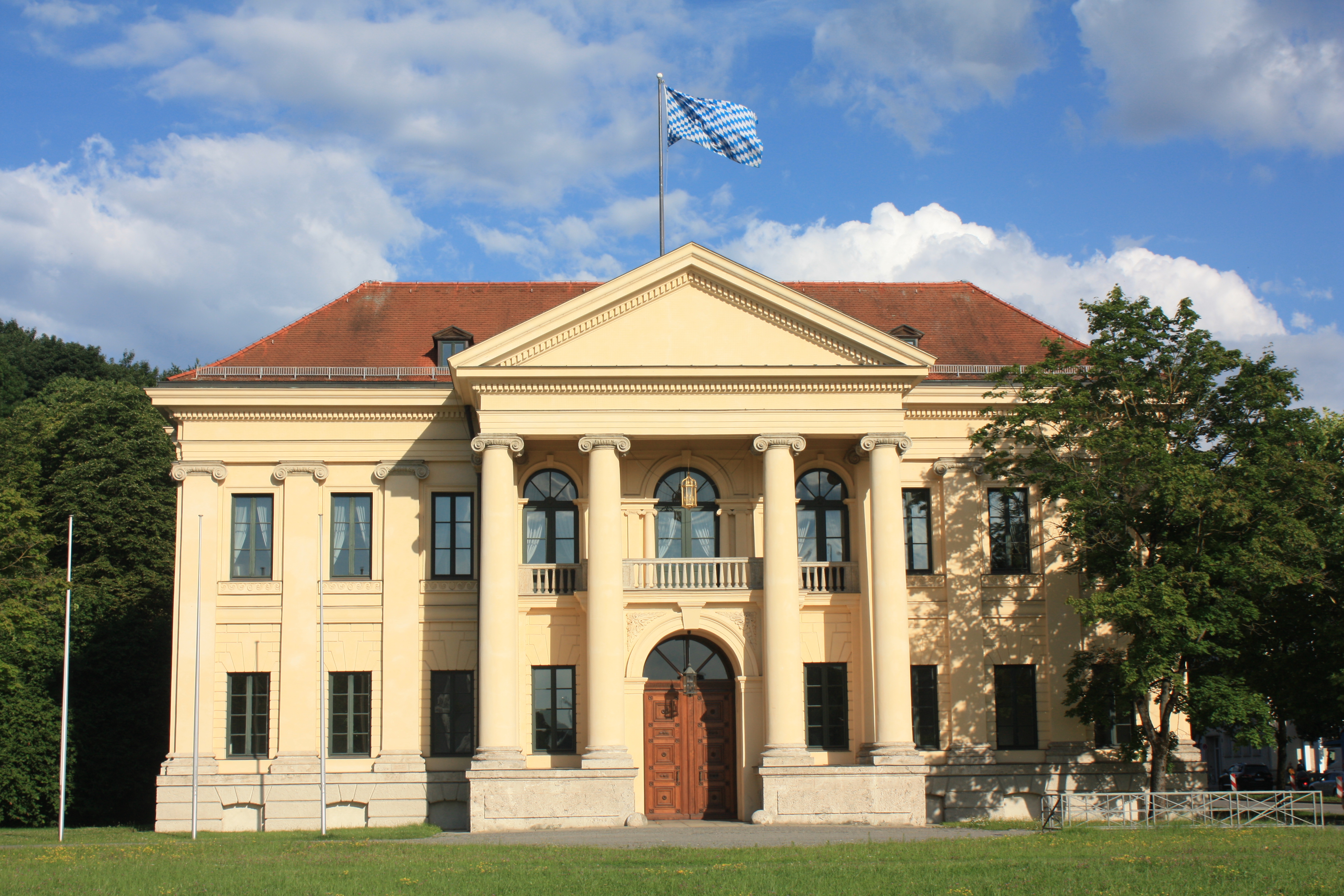Prinz-Carl-Palais on:
[Wikipedia]
[Google]
[Amazon]
 The Prinz Carl Palais in
The Prinz Carl Palais in
Munich
Munich is the capital and most populous city of Bavaria, Germany. As of 30 November 2024, its population was 1,604,384, making it the third-largest city in Germany after Berlin and Hamburg. Munich is the largest city in Germany that is no ...
is a mansion built in the style of early Neoclassicism
Neoclassicism, also spelled Neo-classicism, emerged as a Western cultural movement in the decorative arts, decorative and visual arts, literature, theatre, music, and architecture that drew inspiration from the art and culture of classical antiq ...
in 1804–1806. It was also known as the Palais Salabert and the Palais Royal, after its former owners.
The Prinz-Carl-Palais was planned in 1803 by the young architect Karl von Fischer for Abbé Pierre de Salabert, a former teacher of King Maximilian I Joseph of Bavaria. On the death of the Abbé Salabert in 1807, Maximilian I Joseph acquired the building. After his death in 1825, his son, Ludwig I, gave the building to his brother Prince Carl. He ordered Jean-Baptiste Métevier and Anton Schwanthaler to decorate the rooms. After Carl's death the Palais served as Diplomatic mission for Austria-Hungary from 1876 onwards before it became a residence for the Bavarian Prime Ministers in 1924.
References
*C. Karnehm, "Bauten und Denkmäler im Englischen Garten einst und heute von A-Z",110-133 (121-2 on the Prinz-Carl-Palais) in P. von Freyberg (ed.) ''Der Englische Garten in München'', Munich: Knürr, 2000. *J. H. Biller and H.-P. Rasp, ''München, Kunst und Kultur'', 134–5. Munich: Südwest, 2006.External links
Buildings and structures in Munich Neoclassical architecture in Munich Palaces in Bavaria Tourist attractions in Munich Maxvorstadt {{Germany-palace-stub